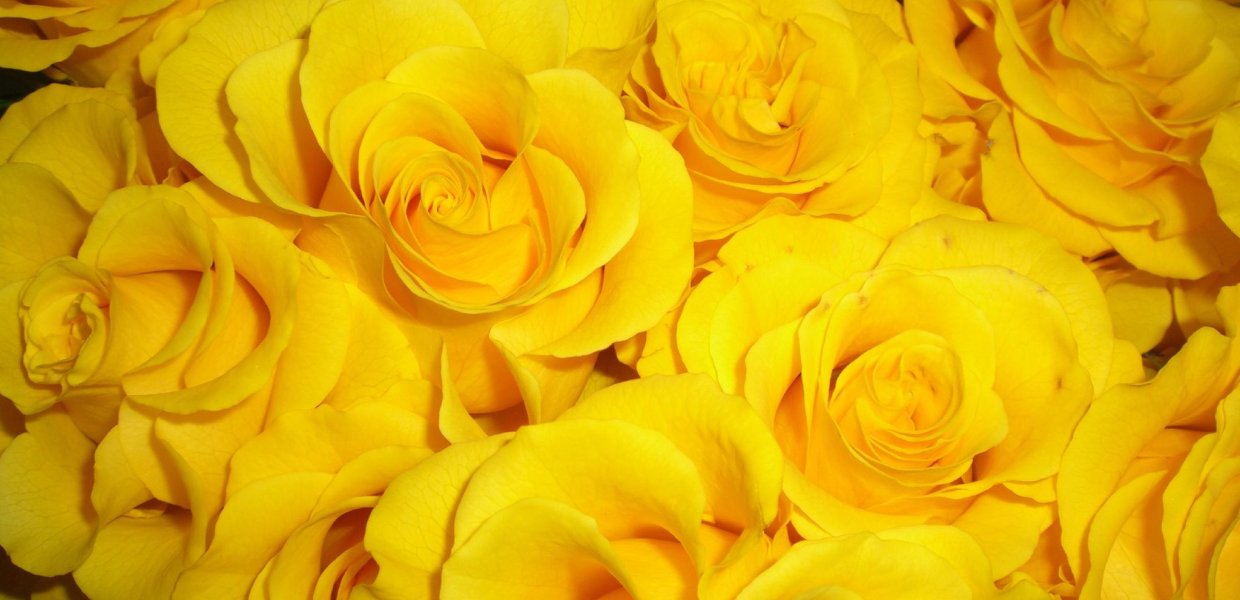On Valentine’s Day, I stopped into my favorite café, Alfred Coffee, on my way to campus. Something was different this time – at the entrance of the café, there were huge buckets of yellow roses and people handing out a single rose to each person coming into the café. I accepted the rose with a smile but slight confusion; at closer glance, I saw the tag dangling from the stem of the rose. On one side, the tag said, “You’re sweet as honey,” and on the other side, it said “Bumble x Eric Buterbaugh.” Immediately I noticed that there were multiple brand partnerships at work – Alfred, Bumble, and Eric Buterbaugh Florals; at first thought, these companies don’t seem to have much overlap, but for Valentine’s Day, this partnership made sense. Bumble, founded in September 2014 by Whitney Wolfe, is a dating app that is similar to Tinder and other dating apps in many ways, but is set apart from Tinder in that women must message men first (for same-sex dating and the friendship versions of Bumble, either person can message first). Bumble’s website states that “The woman always makes the first move, and if she doesn't say something to a new connection within 24 hours, that connection disappears forever,” and that “connecting has never been more fun, safe, or awesome.”
This Valentine’s Day marketing strategy was genius in my opinion for a few reasons. Bumble wants to be seen as the approachable, non-awkward, low stress dating app. Most people truly enjoy receiving flowers, and this strategy also presents an opportunity for people to talk about it on social media, providing free marketing and publicity for all three of the brands. Mass marketing strategies are not nearly as successful as they were in the past, and “micromarketing” that target specific consumers is becoming a more successful marketing strategy. Receiving a flower on Valentine’s Day, even though it was from a dating app’s marketing team, put a smile on my face; it was an authentic moment that left me with a positive view on Bumble.
Flickr / Photo by Thomas Kamann.
